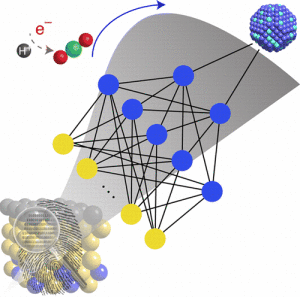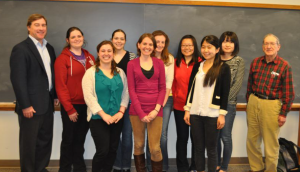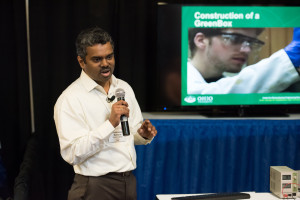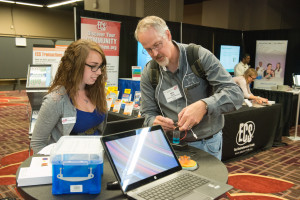 A novel development from Virginia Tech aims to “significantly accelerate materials discovery,” all while combating the pressing global warming issue.
A novel development from Virginia Tech aims to “significantly accelerate materials discovery,” all while combating the pressing global warming issue.
The new approach allows for efficient chemical conversions through a model that can predict novel alloy materials in a fast and accurate manner.
“This is the first example of learning from data in catalysis. We anticipate that this new research approach will have a huge impact in the future of materials design,” said Honglian Xin, lead author of the study.
Catalysts are hugely important in industry, with up to 90 percent of industrial chemicals being made from catalysts. These catalysts range from acids to nanoparticles, and even make up some enzymes in the human body.
Scientists have previously worked to improve catalysts through mixing metals with very precise atomic structures. While the results of these studies have led to metals with promising physical and chemical properties, the process has been costly and time consuming.
This from Virginia Tech:
That is why [the researchers] decided to use existing data to train computer algorithms to make predictions of new materials, a field called machine learning. The approach captures complex, nonlinear interactions of molecules on metal surfaces through artificial neural networks, thus allowing, “large scale exploration alloy materials space,” according to their article.





